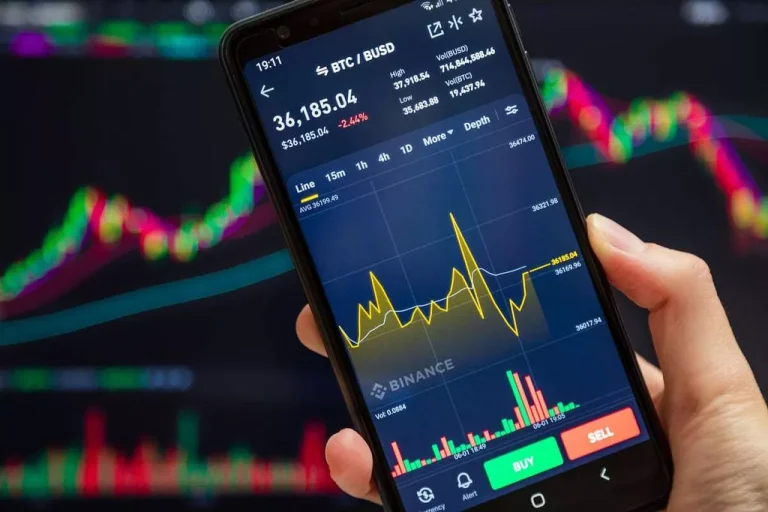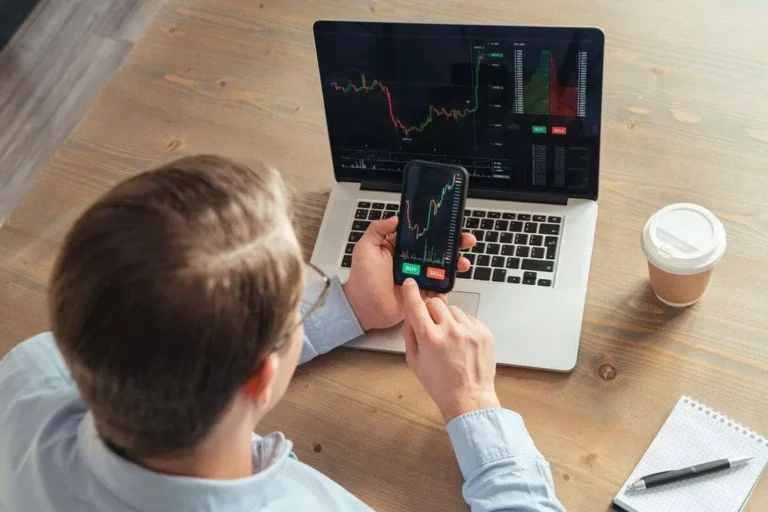Defi 101: What Is Liquidity Mining And The Way Does It Work?
Liquidity mining could be beneficial for all parties concerned in a DeFi community be it liquidity suppliers (LPs), merchants, or the larger blockchain neighborhood. Blockchain market is a magnet for hackers keen to capitalize on cryptocurrency platforms. Some of them are white ones find breaches and co-operate to fix these, return hacked funds if any others aren’t. To limit the chance, you can work with a trusted cryptocurrency platform, or insure some of your deposits. Insurance Coverage score is an important issue when evaluating the platforms you’re willing to use.
It allows crypto customers top-of-the-line alternatives for maximizing profits. Liquidity mining fosters a minimal entry barrier and an equitable distribution of rewards. For those who have at all times wished to be a part of the decentralized ecosystem, all doorways are actually open for further enlargement toward Web3. Cryptocurrency liquidity mining allows you to supply liquidity for a greater function and rewards concurrently. A Quantity Of years in the past, liquidity mining was a loud factor, but the token allocations were mainly unfair. With institutional investors accessing extra money than small traders, DeFi protocol architects often favor institutional traders over retail traders.
Offering Liquidity
Safety hacks cause lack of investments in addition to reputational damage for the trade platforms which are attacked. Automated Market Makers or AMMs are good contracts developed to hold liquidity reserves in an asset pool. The underlying protocol automates direct commerce between DEX users and eliminates centralized exchanges. Say your banker has promised you a 3% return rate for a fixed-year deposit. Assuming a negligibly low credit threat an institution unable to pay back and relatively short length, you agree on phrases and deposit the money. The bank lends your money at 5% to another person and makes 2% profits for middleman services.
These pools represent either specific trading pairs, like ETH/USDC, or a group of tokens. In LP swimming pools, funds are gathered from individual contributors called liquidity providers, or LPs, in a decentralized method. Many cryptocurrency buyers want to earn an annual yield on their holdings, similar to rates of interest on a standard savings account or a certificates of deposit.
To put it merely, it’s a term used for getting rewards in change for offering liquidity. Liquidity mining is pretty similar to providing liquidity, as each handle you supplying liquidity for the exchange. You can use LP tokens for various functions, together with staking, additional liquidity providing, and particular programs sporadically offered by the exchanges. Consider this a extra lively type of revenue on prime of earning passive earnings. Staking, then again, is a process the place users can earn rewards for holding onto and “staking” certain cryptocurrencies or tokens.

Different platforms have various implementations, however this is the fundamental thought behind liquidity mining. Nonetheless, the usage of the time period mining on this title alludes to the thought that these liquidity providers (LPs) are looking for some rewards – fees and/or tokens – for his or her efforts. In 2024, Max Matrenitski expanded his efforts by launching Everminer.io, a platform primarily based in the Usa. It offers prepaid Bitcoin mining contracts, permitting users to make a one-time cost for a lifetime stream of passive Bitcoin revenue. A key characteristic of Everminer.io is the pliability for users to promote their “Everhashes” at any time, which provides liquidity and simplifies the mining course of. So, to place it in simple phrases, liquidity mining is like going on a treasure hunt the place you’re https://www.xcritical.com/ looking for rewards by providing liquidity to a market, instead of on the lookout for gold or jewels.

Balancer — Defi Platform
The devs are gone, your money is gone, and there’s no api for trading clarification or refund. As the name clues, these are exchanges with no centralized power behind them. As a outcome, such exchanges do not require involvement of a 3rd celebration like a bank.

Liquidity suppliers typically deposit an equal value of two totally different tokens right into a liquidity pool and, in trade, obtain liquidity supplier tokens representing their share of the pool. Liquidity mining can be accomplished on varied decentralized exchanges and tokens, permitting traders to diversify their investments to minimize back risks. By collaborating in liquidity mining, merchants can invest in a variety of cryptocurrencies and earn rewards from every funding, thereby reducing their overall risk publicity. Liquidity providers (LPs) are individuals or entities that provide assets to the liquidity pool. By doing so, they enable trading on decentralized exchanges (DEXs) like Uniswap or SushiSwap.
The crypto holder, then again, is entitled to collect their tokens instantly after supplying their assets to the liquidity pool. Balancer is a versatile platform that allows LPs to create customized liquidity swimming pools with a number of tokens. One of the principle dangers standing between you and success is impermanent loss.
Understanding Blockchain
- These rewards commonly stem from trading charges which are accrued from traders swapping tokens.
- Not only will the coin or token (presumably) grow in value someday, but they may additionally earn you passive earnings.
- It keeps whales and institutional merchants from amassing large quantities of native tokens.
- Greatest practices embody monitoring money circulate, preserving a liquidity buffer, and diversifying funding sources.
- Impermanent loss is a danger you should know about earlier than investing your crypto belongings in liquidity pools.
Decentralized exchanges play a towering role in such a logic, while customers present liquidity for pools. The trade controls belongings to allow clean operations for all members, who in flip, get rewards for briefly sharing their assets. Liquidity suppliers are normally eligible for the transaction fees break up amongst suppliers throughout the pool. From an funding perspective, liquidity mining can present the chance to earn rewards using a protocol’s native tokens.
Moreover, mining requires lots of Anti-Money Laundering (AML) electricity, so it’s important to consider the value of energy in your space. Lower electrical energy charges will help ensure your mining operation stays profitable. Litecoin mining has a number of distinctive options that make it appealing to these excited about exploring the world of cryptocurrency. This puzzle-solving mechanism retains the Litecoin community safe and ensures that solely valid transactions are added to the blockchain. However, whereas this may imply larger utility, it also means greater danger.
